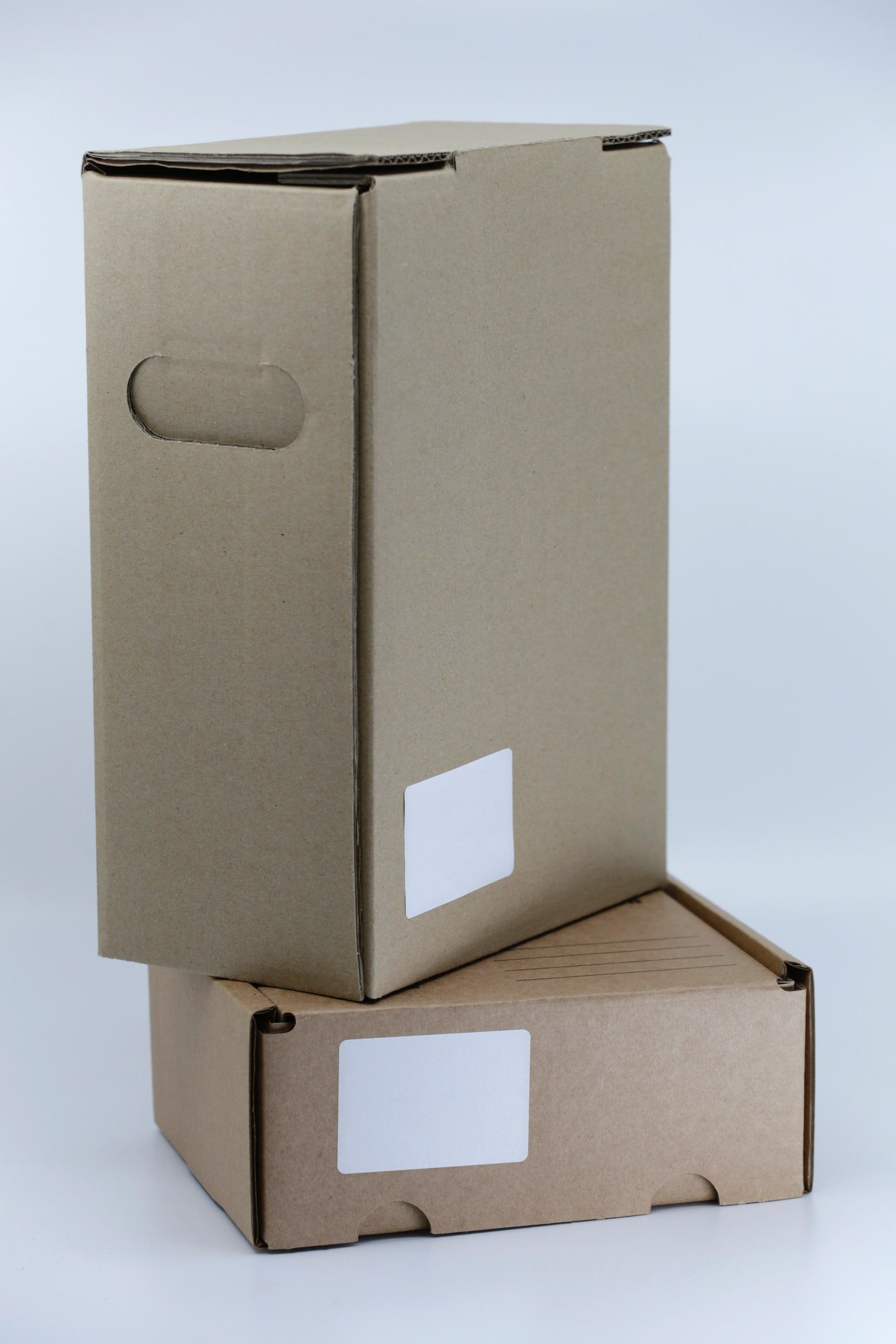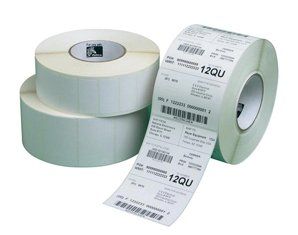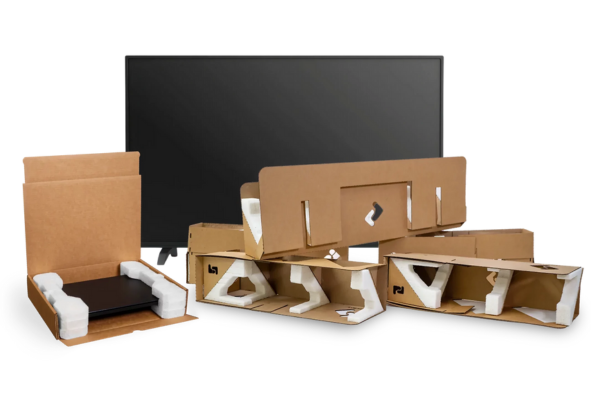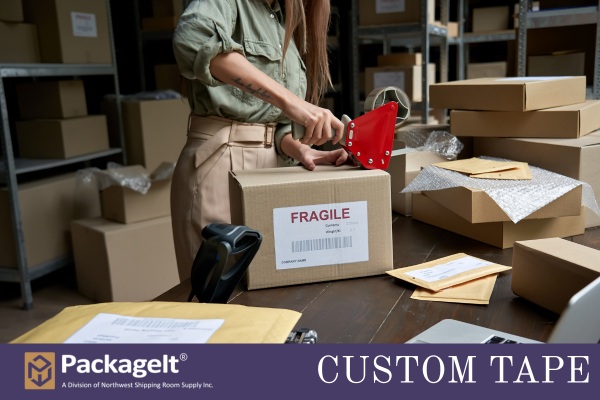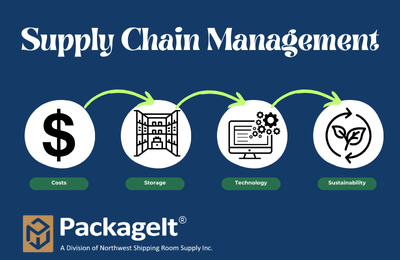Types of Package Labels
Storage and packaging is important for many products. Details on the label of the packaging can be very important. When it comes to packing labels, there are so many possibilities and many distinct labels created for various reasons. Some are made to help the warehouse organize the products, help track the record of the shipments, help customers to confirm that their order is complete, and others are made to sell and market various products.
Here are the common types of packaging labels most any warehouse or shipping department should have.
Inventory Labels
To ensure correct counts, inventory labels keep track of products.
An inventory label will help your warehouse track the progress of your product, from production through completion, quality testing, and all the phases until your products are shipped. An inventory label marks items that have been counted, keeps track of shelf-life, and even tracks what year a specific item was first manufactured in your facility.
Depending on your warehouse needs, a variety of options are available on an
inventory label:
- Direct Thermal Labels: Direct thermal labels are low-cost labels that are printed using the direct thermal printing process. A thermal print head is used to heat particular portions of coated, thermo-chromatic (or thermal) paper in this procedure. The paper passes over the thermal print head, turning black where it is heated, and resulting in your desired picture. It uses chemically treated, heat-sensitive materials instead of ink, toner, or ribbon.
- Laser Printed Labels: Laser printers for laser printed labels use heat and pressure to bond toner to a surface; this means that laser labels must be made with materials that have a consistently smooth surface and are heat resistant, as well as having a higher moisture content to withstand the heat used during laser printing.
- Thermal Transfer Labels: A thermal transfer label is a thin film wrapped on a roll and coated on one side with a special black coating that is made from wax or resin composition. The labels come into direct contact with the printhead, which heats the label's unique coating to produce the printed image of your label.
The Packing List
A packing slip is a document that contains a list of the things that are included in a shipment. Manufacturers, suppliers, and retailers include commercial invoices or packing lists envelopes with their packages so that it will be easier for everyone to check the list of their shipment and ensure everything arrived safely and completely.
Given the importance of a packing list label, there are a variety of sturdy and easy-to-understand options available.
As a best practice, choose:
- Flexographically printed labels for long-term durability with color-fast inks and a beautiful glossy finish.
- Packing list labels from rolls of pressure-sensitive, self-adhesive paper.
- Fluorescent labels are available to be highly visible and attract attention quickly.
- An packing lists envelope that consists of hot melt adhesive that insures the envelope bonds instantly to boxes or containers.
- An packing lists envelope with an Open-end feature that allows easy access in and out of an envelope.
Can a packing list be used as a shipping label?
By wrapping the packing slip in a transparent envelope and adhering it to the box, some shippers utilize the packing slip as their shipping label. However, to generate a barcode, your carrier will need to make its shipping label for your shipment.
Shipping Labels
Shipping labels are an important component of the supply chain since they allow the product to travel in the correct direction. Shipping labels include all the important information to have products successfully delivered. This includes the receiver's address, the sender's address, contact information, and so on. These vital details can aid in the tracking of the package from time to time.
PackageIt For Your Package Identification and Label Needs
Whether your business is large or small, labels are required for everything from inventory to shipping.
PackageIt is the premier provider of packaging, shipping, and warehousing services in the Puget Sound region in Western Washington. We have established our reputation by providing excellent customer service and expertise on everything labels for inventory, shipping, packing slips, and more.
Contact us today and improve the productivity and efficiency of your warehouse through high-quality and reliable labeling and package identification services.

